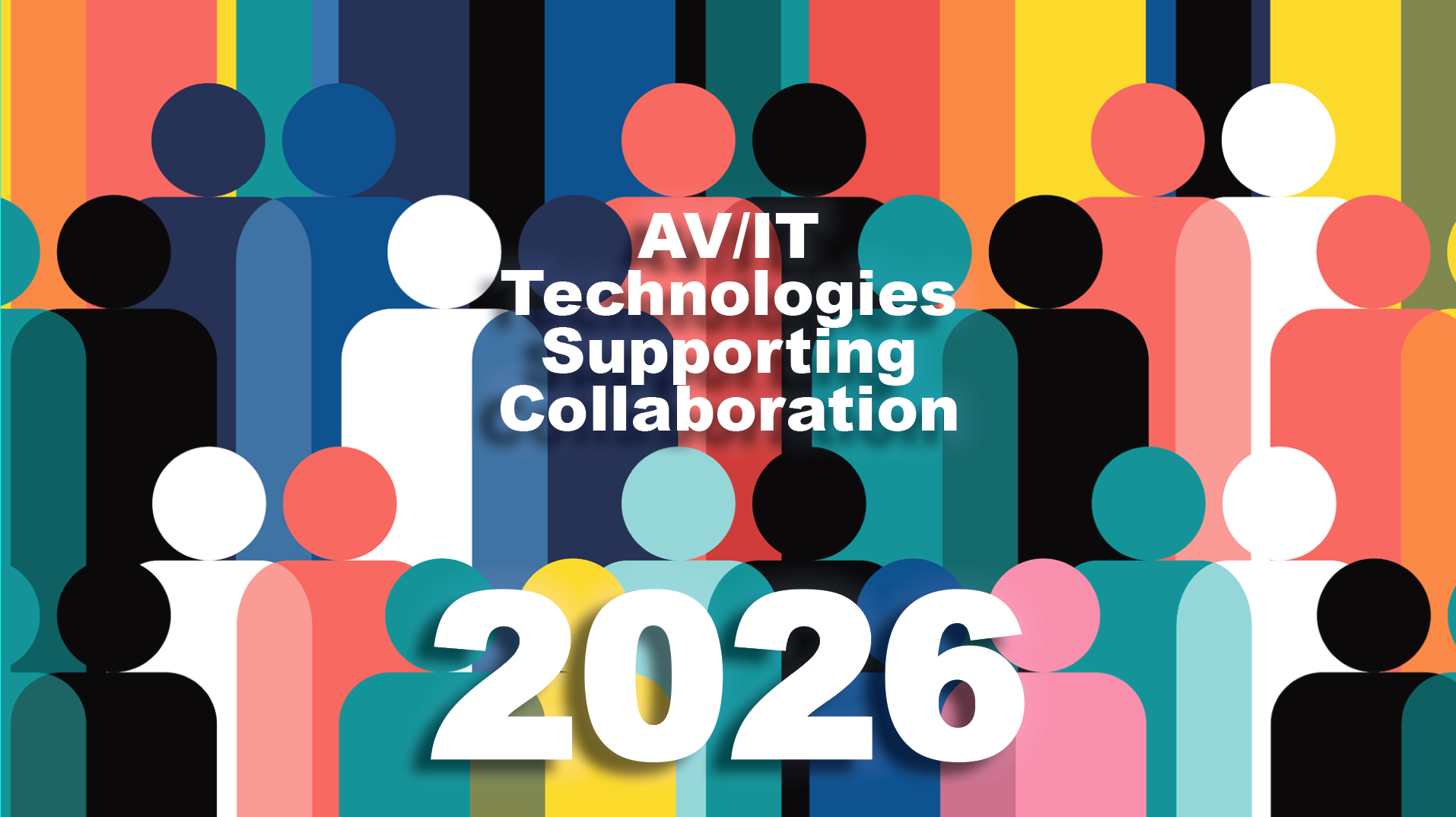On Hybrid Work 2024: Avocor
Wayne Driggers, Head of Global Alliances at Avocor, shares insight into trends that will play a role in hybrid workplace culture, space planning, and technologies in 2024.

AVT Question: Please share your insight into trends that will play a role in hybrid workplace culture, space planning, and technologies in 2024.
Thought Leader: Wayne Driggers, Head of Global Alliances at Avocor
One of the biggest factors influencing hybrid work trends is the meeting experience. We’ve seen a boom in video conferencing and virtual meeting technologies, and now it’s all about the adoption of and education on the features, capabilities, and results of hybrid meetings.
For example, being able to have automated summaries and the option to record and search reduces note-taking during the meeting experience, and means we can focus on the actual conversation and topics that the meeting is being held for.
Being able to have automated summaries and the option to record and search reduces note-taking during the meeting experience, and means we can focus on the actual conversation and topics that the meeting is being held for." —Wayne Driggers, Head of Global Alliances at Avocor
Teams are understanding how they can utilize features and capabilities to improve meetings and are taking advantage of these. This is where end users will start to really see productivity gains.
What’s interesting is that end users haven’t asked for these features; they have been developed from the top down, meaning users have taken it at face value. Now, it’s a matter of incorporating productivity software suites from Microsoft, Google, et cetera into the meeting experience.
We’re still in an education period. The enterprise is still building preferences. They’ve tried numerous software solutions—peripheral solutions. Now we’re seeing platforms of choice come into play and setting the enterprise standard. What have we all agreed upon, and how does it integrate with our existing systems to drive that solution for our end users?
A daily selection of features, industry news, and analysis for tech managers. Sign up below.
There is a scale component that integrators have not necessarily dealt with historically. Rather than doing five very high custom experience rooms—instead it might be a hundred rooms, five of which are still highly integrated and highly customized. But integrators must now also manage the 95 scale rooms, where there could be a display going on the wall, or an appliance being installed on the display.

Cindy Davis is the brand and content director of AV Technology (AVT). She was a critical member of the AVT editorial team when the title won the “Best Media Brand” laurel in the 2018 SIIA Jesse H. Neal Awards. Davis moderates several monthly AV/IT roundtables and enjoys facilitating and engaging in deeper conversations about the complex topics shaping the ever-evolving AV/IT industry. She explores the ethos of collaboration, hybrid workplaces, experiential spaces, and artificial intelligence to share with readers. Previously, she developed the TechDecisions brand of content sites for EH Publishing, named one of the “10 Great Business Media Websites” by B2B Media Business magazine. For more than 25 years, Davis has developed and delivered multiplatform content for AV/IT B2B and consumer electronics B2C publications, associations, and companies. A lifelong New Englander, Davis makes time for coastal hikes with her husband, Gary, and their Vizsla rescue, Dixie, sailing on one of Gloucester’s great schooners and sampling local IPAs. Connect with her on LinkedIn.
